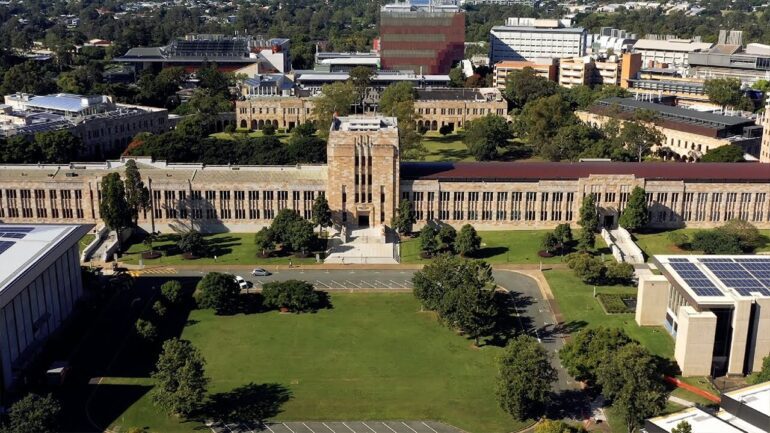TL;DR:
- Researchers at the University of Queensland employ machine learning to predict secondary bacterial infections in COVID-19 patients.
- Machine learning aids in determining the critical need for antibiotics in these patients.
- The study, published in The Lancet Microbe, reveals the potential dangers of overusing antibiotics.
- A predictive model called ‘Least Absolute Shrinkage and Selection Operator’ (LASSO) is utilized to evaluate blood samples from COVID-19 patients across six nations.
- Seven specific genes are identified as indicators to predict the risk of secondary respiratory bacterial infections within 24 hours of hospitalization.
- Dr. Meagan Carney highlights the transformative impact of this approach on antibiotic prescription.
- LASSO’s simplicity distinguishes it from complex AI-driven methods discussed in the media.
Main AI News:
In a groundbreaking study featured in The Lancet Microbe, researchers hailing from the University of Queensland, Australia, have harnessed the power of machine learning (ML) to enhance our ability to anticipate secondary bacterial infections in hospitalized COVID-19 patients.
The prevalence of secondary bacterial infections in COVID-19 patients varies widely, with some studies reporting rates as high as 100% among fatal cases. Dr. Kirsty Short, an esteemed Associate Professor at the University of Queensland, elucidated, “Estimates of the incidents of secondary bacterial infections in COVID-19 patients are broad, but in some studies, 100 percent of fatal cases have suffered a bacterial co-infection.”
To mitigate the risk of bacterial co-infections, one plausible approach might involve administering antibiotics universally to all COVID-19 patients. However, Dr. Short cautioned against such an indiscriminate strategy, highlighting the potential peril of fostering antibiotic resistance and the emergence of bacterial superbugs.
Addressing this pivotal concern, she articulated, “We’ve helped develop a robust predictive model to determine the risk of bacterial infections in COVID-19 patients, facilitating a judicious use of antibiotics.”
This pioneering technique bears the name ‘Least Absolute Shrinkage and Selection Operator,’ or simply LASSO. LASSO was deployed to analyze blood samples collected from COVID-19 patients across six different nations.
The research findings unveiled that the expression levels of seven specific genes in a COVID-19 patient can effectively predict their susceptibility to developing secondary respiratory bacterial infections within the initial 24 hours of hospitalization.
Dr. Meagan Carney, a dedicated Lecturer at the University of Queensland, emphasized the transformative potential of this data-driven approach, stating, “This data raises the exciting possibility that gene transcription and analysis at the time of clinical presentation at a hospital, coupled with machine learning, can revolutionize the landscape of antibiotic prescription.”
Furthermore, Dr. Carney underscored that LASSO’s simplicity stands in contrast to the intricate machine learning methods that often dominate discussions in the realm of artificial intelligence.
Conclusion:
This breakthrough in utilizing machine learning to predict bacterial co-infections in COVID-19 patients not only enhances patient care but also presents an opportunity for healthcare providers and pharmaceutical companies to adopt more targeted and efficient antibiotic treatment strategies, potentially reducing antibiotic resistance and its associated risks.

